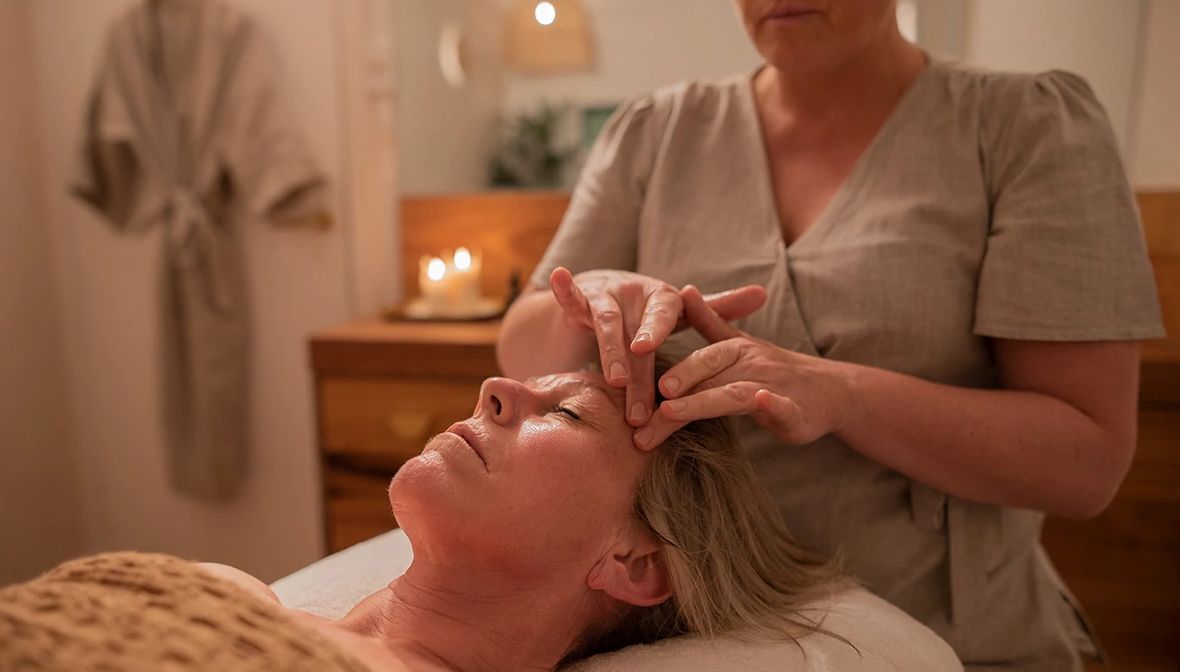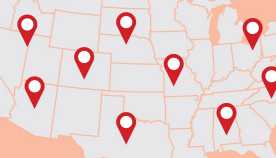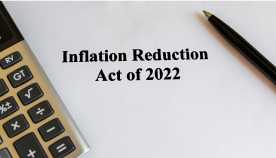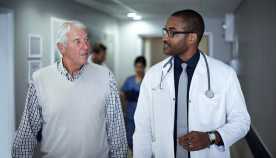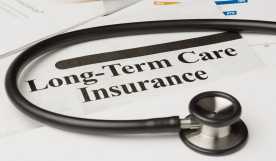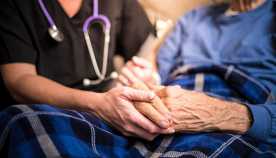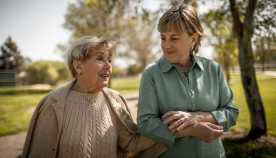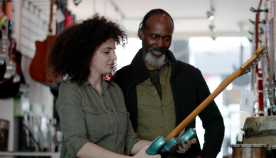Staying Fit
A national panel of experts recommends that women bump up their breast cancer screenings by a decade and start getting regular mammograms at 40, rather than 50, and continue with them every other year through age 74.
The final recommendation issued April 30 from the U.S. Preventive Services Task Force is based on previous research that shows the switch could save roughly 8,000 lives each year. Breast cancer is the second-most-common cancer in women, behind skin cancer. About 310,720 new cases are expected to be diagnosed in 2024, according to the American Cancer Society, and more than 42,000 women are expected to die from breast cancer this year.


AARP Membership— $12 for your first year when you sign up for Automatic Renewal
Get instant access to members-only products and hundreds of discounts, a free second membership, and a subscription to AARP the Magazine.
While most breast cancers are diagnosed in people over age 50, radiologist Toma Omofoye, M.D., says we’re seeing the cancer more often in younger adults, though researchers aren’t clear on why. “So, it’s important to make sure that our guidelines match the timelines to find the cancers at their smaller sizes,” when treatment is more likely to be successful, says Omofoye, an associate professor in the Department of Breast Imaging at the University of Texas MD Anderson Cancer Center in Houston.
What’s more, breast cancers diagnosed in younger women tend to be more aggressive, and therefore may grow faster, says Maxine S. Jochelson, M.D., chief of the Breast Imaging Service at Memorial Sloan Kettering Cancer Center in New York City.
“More women in their 40s have been getting breast cancer, with rates increasing about 2 percent each year, so this recommendation will make a big difference for people across the country,” task force chair Wanda Nicholson, M.D., said in a statement.
The task force notes that the change could have a positive impact especially on Black women, who are 40 percent more likely to die from breast cancer than white women, and who are more likely to be diagnosed with breast cancer before age 50. Research shows Black women are also more likely to have aggressive subtypes of breast cancer than their white counterparts.
“We need to know how best to address the health disparities related to breast cancer so all women can live longer and healthier lives,” said task force vice chair John Wong, M.D.
While many factors feed into this striking disparity, Omofoye says Black women often experience delays on the care continuum — from diagnosis to treatment. “And I think that since we know that Black women do have more delays in general, it’s important that we give them access to care earlier, rather than later,” she adds.






